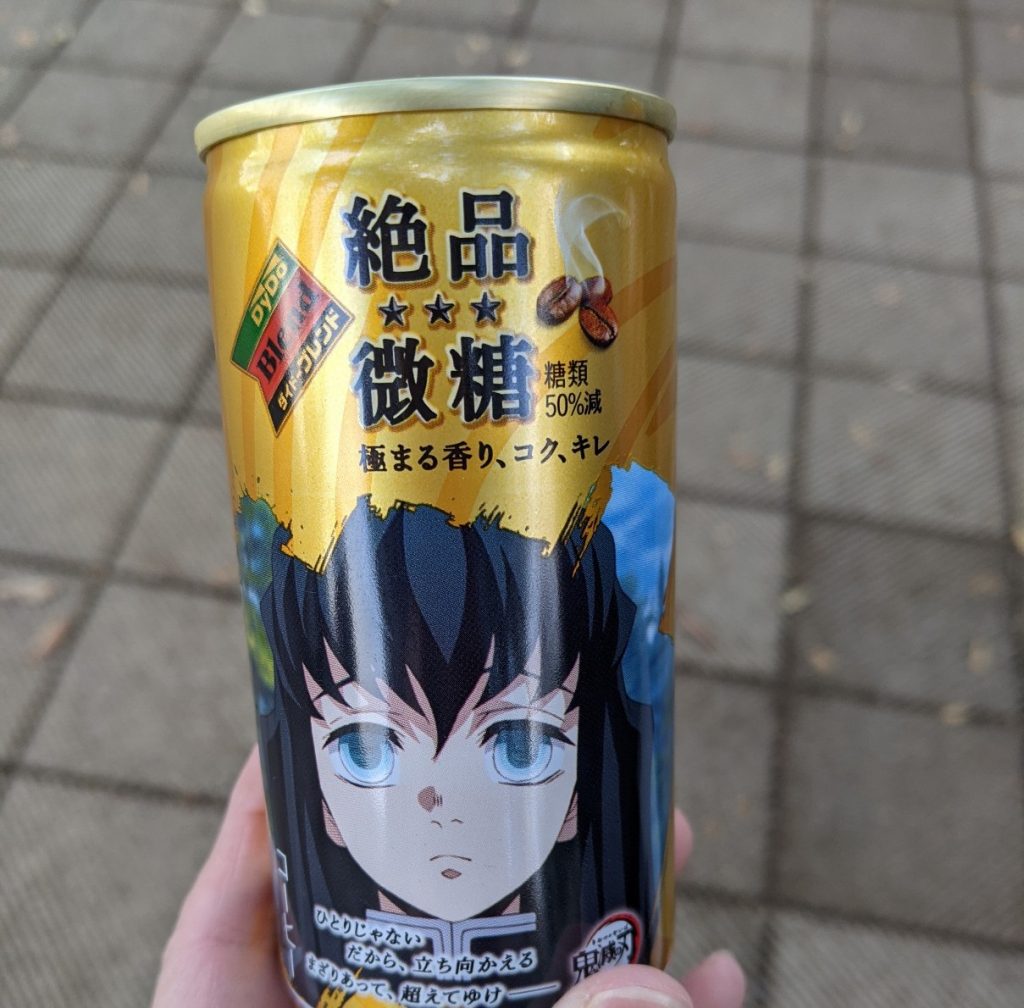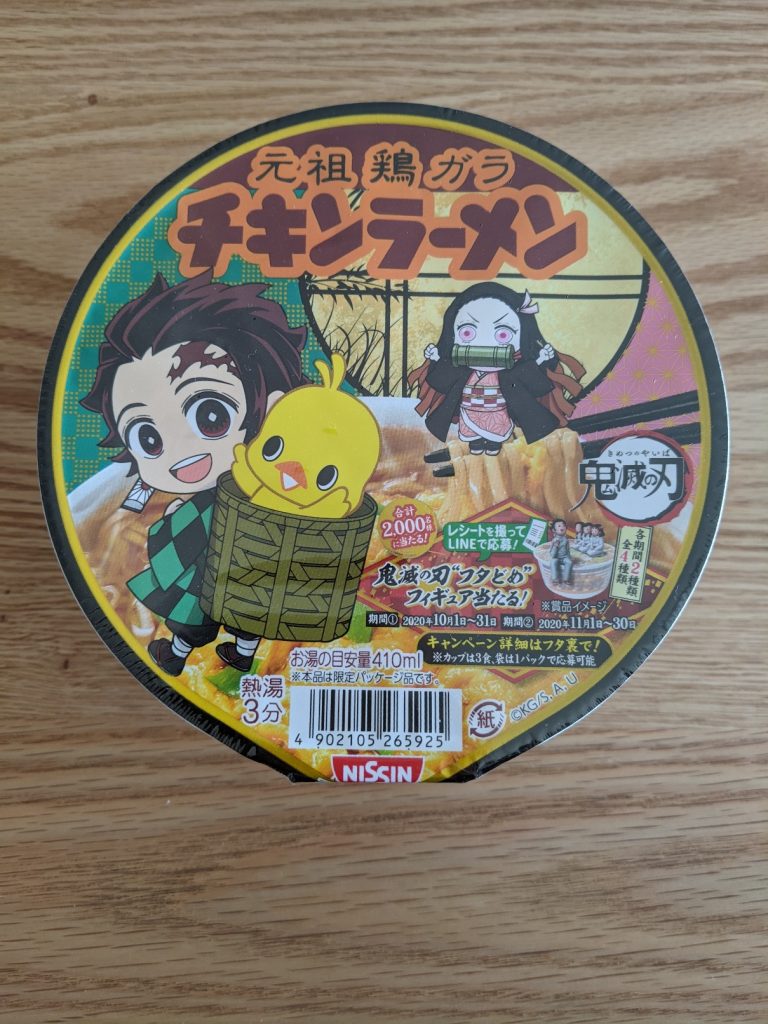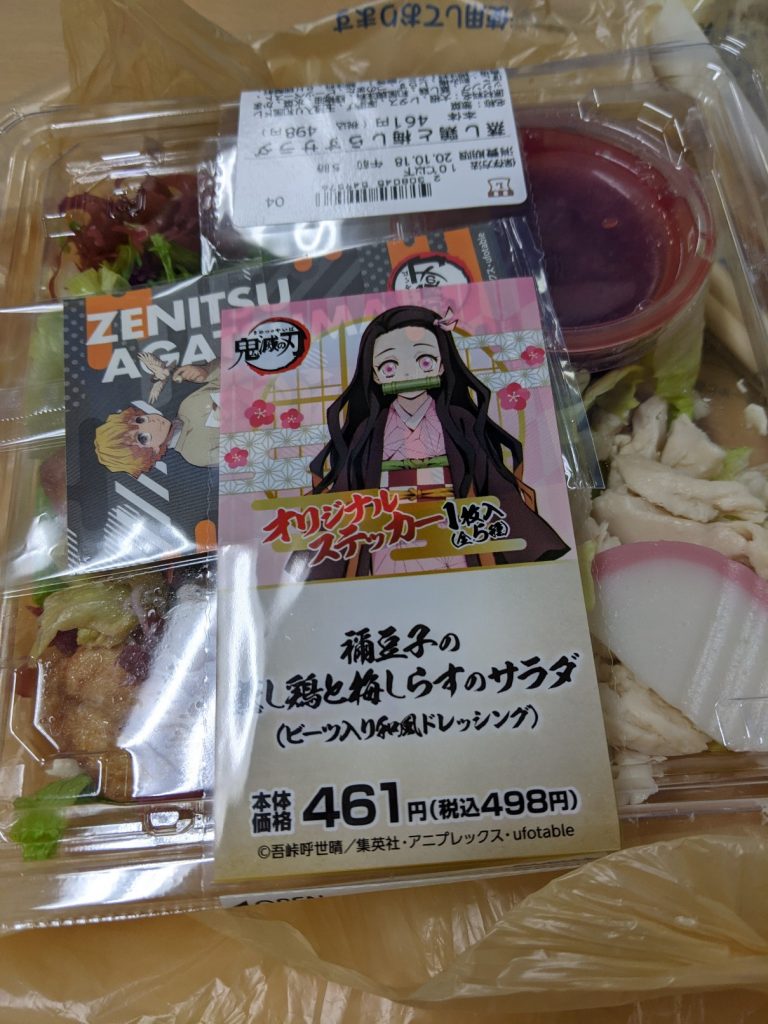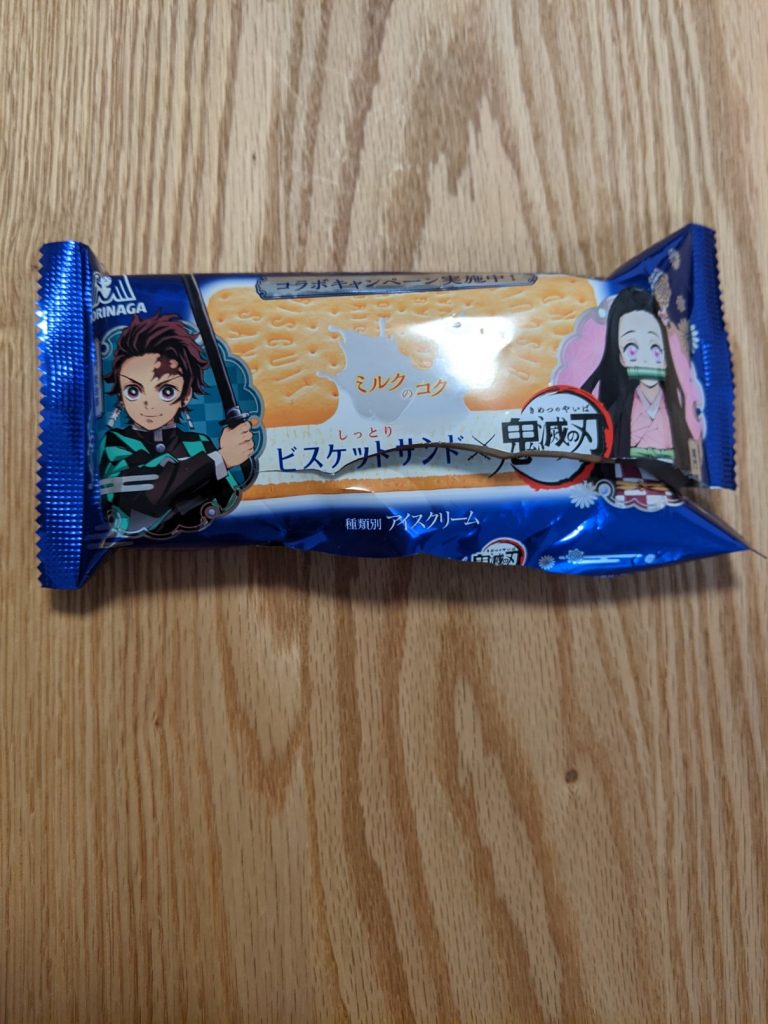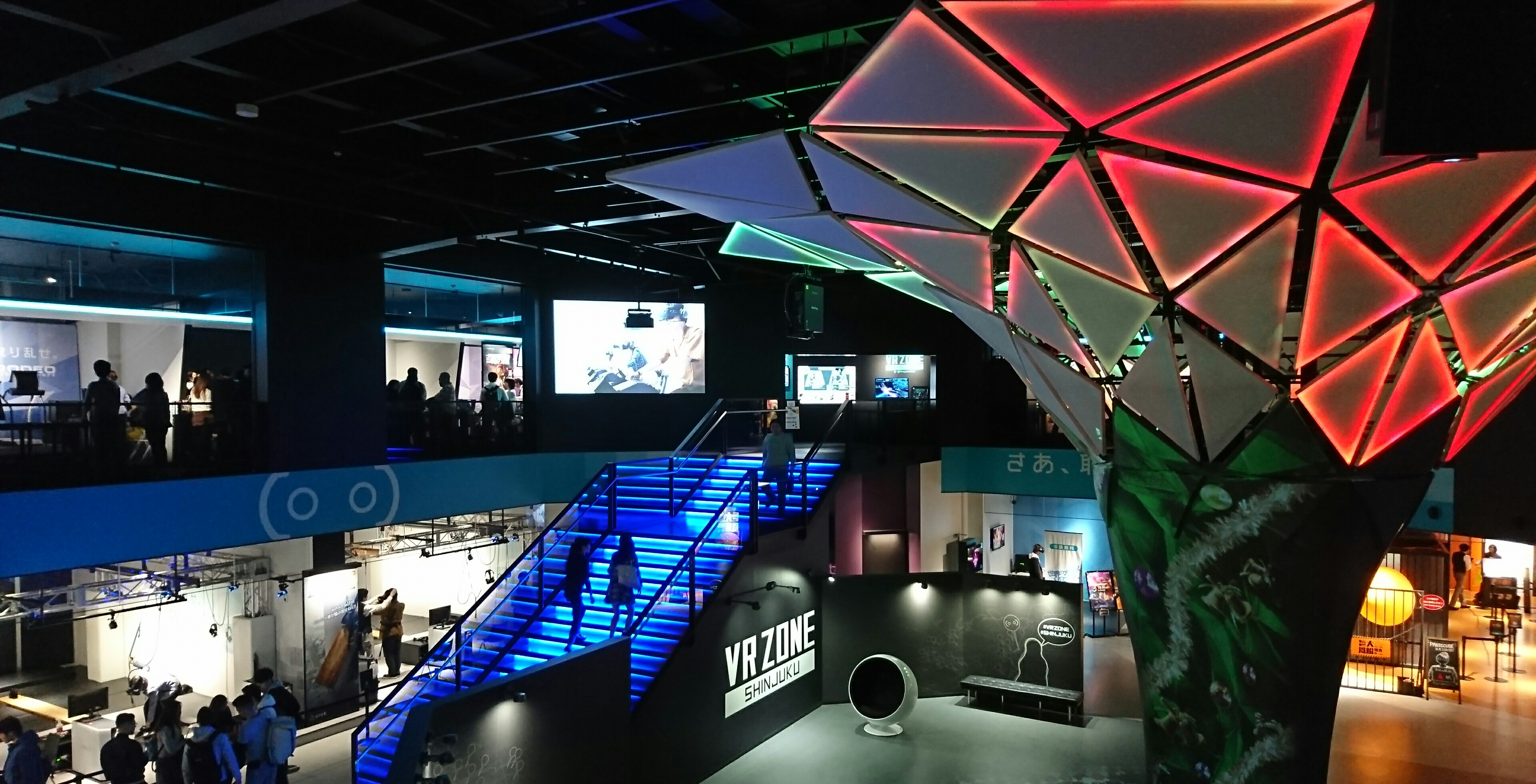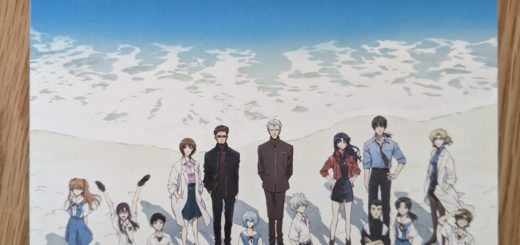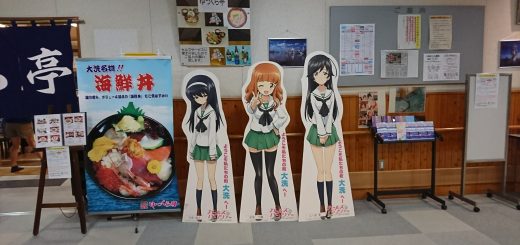Why is “Kimetsu no Yaiba” so very popular in Japan?
Currently, the manga “Kimetsu no Yaiba(Demon Slayer)” is a big hit in Japan under the Covid-19 pandemic. This manga has been animated, and the sequel film to the anime released in October has exceeded the box office revenue of 10 billion yen in just 10 days from the first day of its release. The original manga itself has finished, but the anime is still in the middle of the story, and this boom is expected to continue.
\🎉本日公開/
『劇場版「#鬼滅の刃」無限列車編』公開❗️炭治郎たちが次に向かうは、闇を往く《無限列車》。多くの人が行方不明になっているこの列車を舞台に、新たな任務が始まる― pic.twitter.com/xWhS4ROWjU
— 鬼滅の刃公式 (@kimetsu_off) October 15, 2020
Anime and manga works regularly create a social phenomenon in Japan. For example, “Mobile Suit Gundam”, “Neon Genesis Evangelion”, Ghibli films such as “Spirited Away”, and more recently “Your name.” are. “Kimetsu no Yaiba” is the first big hit anime/manga in the new “Reiwa” era.
My post about “Your name.”
Why does “Kimetsu no Yaiba” become very popular?
Why does this manga become very popular? I think, there are three reasons why this manga has become a hit: story, animating, and tie-up.
1)Story
The story is a classic Shonen Jump (the most read shonen manga magazine) storyline. The main character, a boy, become stronger physically and mentally and makes friends, through battles and defeats powerful enemies, which is the fantasy most favored by the Japanese. That is the basis for this hit.
The story of “Kimetsu no Yaiba” is roughly as follows.
The story takes place in the Taisho era, which is about 100 years ago. A young boy named Tanjiro and his family are attacked by oni(鬼, demon)and his sister, Nezuko turns into oni. In order to save his sister, Tanjiro joins a secret organization called “Kisatsutai(鬼殺隊)” to fight oni while making more friends. Only the strongest oni, who is the founder of all onis, is a pretty evil, but not only an ally, but also each of the enemy characters has a sad past. It is easy for the readers to empathize many characters.
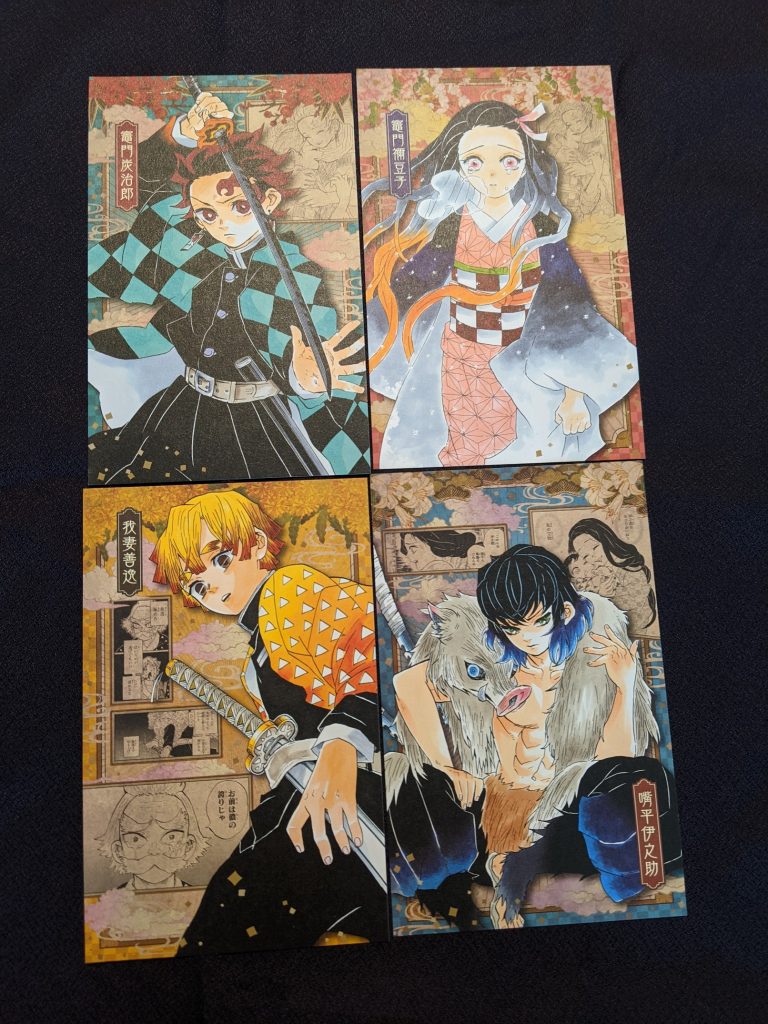
Many different interpretation arise in a hit work; for example, some people see the organizations of the Kisatsutai and of the oni as a “homage a non-profit organization and a dishonest Japanese companies(called “a black company” in Japan)” ,or see the battle between Kisatsutai and oni as a “conflict between children and adults”. It is very interesting! I think perhaps one of the reasons for the popularity is that there are a lot of foreshadowing in the work and we can imagine many things about the work.
Some of the most common depictions in shonen manga, anime, and video games are used in “Kimetsu no Yaiba”. I introduce in the follow.
・Entrance examinations
The battles in a practical test to qualify for a qualification, or for entering a squad or an organization is often depicted on a shonen manga. In “Kimetsu no Yaiba”, too, you have to pass an enlistment test to become a member of the “Kisatsutai”. This is a common story. (e.g., the hunter exam in “HUNTER×HUNTER”, the chunin exam in “NARUTO”, etc.)
・The elite troops and their attractive characters
On a shonen manga, both allies and enemies often have elite units in their organizations, and they have units’ names. The “Hashira(柱)” is the elite unit of the ”Kisatsutai”, and the “Juni Kiduki(十二鬼月)” is the elite unit of demons. (e.g., The “Juppon-katana(十本刀)” of “Rurouni Kenshin”, The “Juni-Sen(十二仙)” of “Hoshin Engi”, etc.)
And the personalities of the characters of the elite troops (and of course also the protagonists) make it easy to attract fans (fans call them “oshi(推し)”these days) because they have unique characters. Each of them has a dark or sad past, and it is easy to sympathize with them in “Kimetsu no Yaiba”.
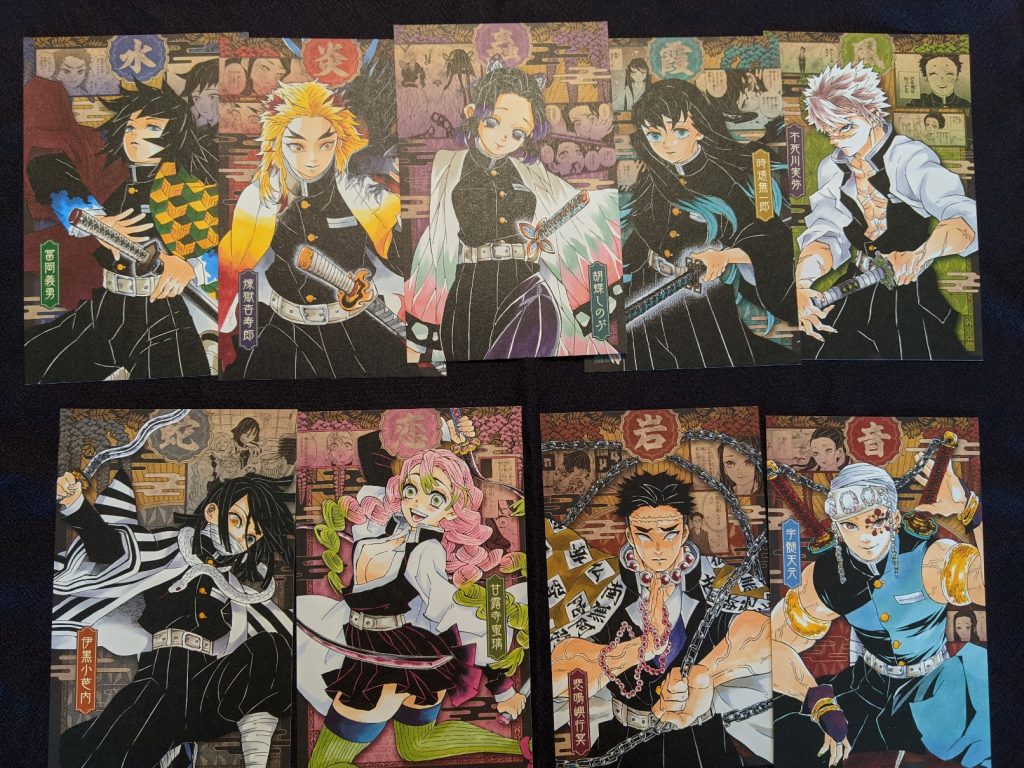
・The genealogy of the main character
The protagonist’s past or birth has actually a secret, which greatly affects the story. This is a common technique not only in manga, but also in video games such as “Dragon Quest“. The fact that actually a hero is a prince come out, which is a common pattern (“Kimetsu no Yaiba” is not like this, but Tanjiro has its own secret, too).
・The fellow players leave from the battle.
This depiction may be on not so a lot of manga, but some manga have stories of total warfare, where not only the enemies but also their some friends are leaving from frontline of the battle. Personally, I have a strong impression of the anime version of Sailor Moon, where everyone is died in the final battle except for the main character, Usagi. This pattern of all-out warfare is also played out in the final stages of the “Kimetsu no Yaiba”.
・Easy to remember special move phrases
The special move of Tanjirou is “Zenshuchu Mizu no kokyu, ~no kata…(全集中 水の呼吸 ~の型・・・)”. All characters says the name of their special move then perform. After this manga became popular, adults and children all imitated this phrase. You can still see it on Twitter. Like “Kimetsu no Yaiba”, if it is easy for children to imitate, it becomes more popular. In other works, the Dragon Ball’s “Kamehameha” is a good example.
2) Animated and made into a movie
”Kimetsu no Yaiba” was not a manga that attracted much attention when it was first serialized in Shonen Jump 4 years ago. It became a hit when it was adapted into an anime by a famous anime production company (Ufortable, Inc.).
Nowadays Japanese anime is often broadcasted late at night, and the viewers are adult anime fans. The fact that some depictions that were difficult to understand in the manga were beautifully recreated in the anime became a hot topic, and it became popular among some fans. Even after the anime ended, word of mouth spread, and the fan base spread further through streaming services on Netflix and Amazon Prime.
Incidentally, this is where I also started, my friend recommended “Kimetsu no Yaiba” to me, and I watched the anime through the streaming service. Then, I read the whole volume of the manga during last fall to winter.
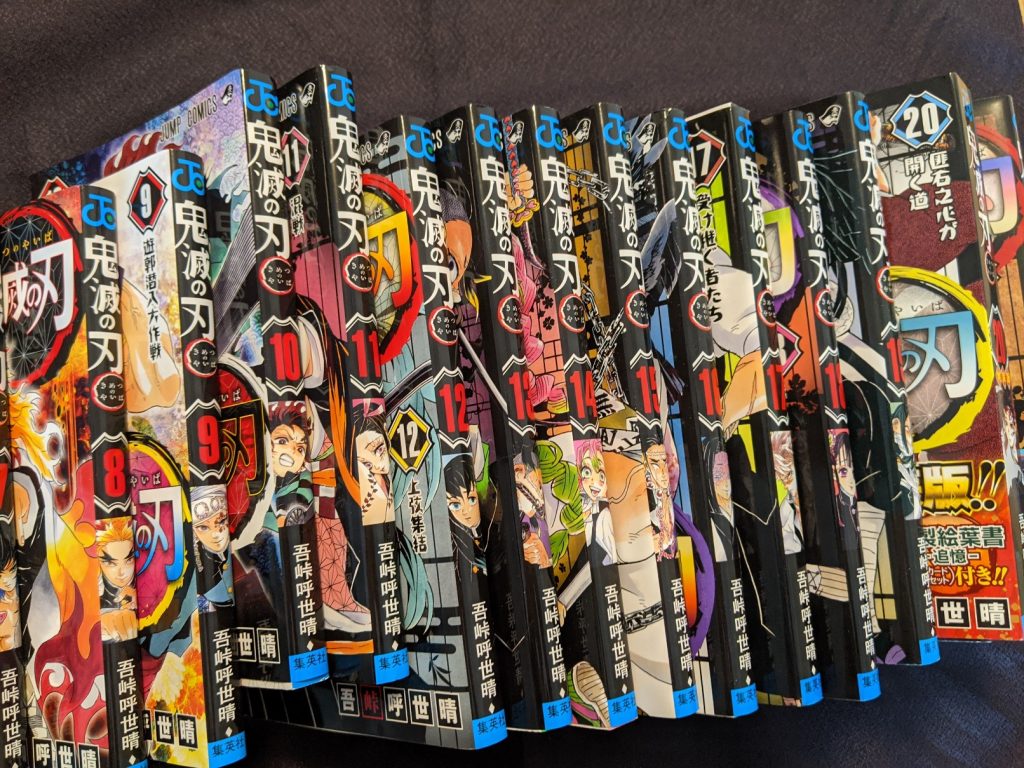
Furthermore, when everyone stayed home because of the Covid-19 pandemic, the whole family watch this anime at home, and the fan base spread to families, including children, and it became a social phenomenon in Japan.
The popularity of this manga skyrocketed through the streaming services, and the comics were sold out in many bookstores. You could not buy them even on Amazon at that time. The content of the anime is up to volume 6, so it was very difficult to get the next volume, which is the continuation of the anime. Perhaps it was the difficulty in obtaining them that made them even more popular.
From last winter through Spring, the story of “Kimetsu no Yaiba” reached its climax of the series in a weekly Shonen Jump, so there was a storm of comments on Twitter and the Internet every issue, causing a huge boom. The manga finished in May. I think it was good to finish directly after its climax of the story.
In October, the next episode of the anime, “Infinity Train” was made into a movie and released. Despite the corona pandemic, it became the second biggest hit of all time, on November 29, surpassing “Titanic” with 27.5 billion yen at the Japanese box office .
The excellence of the original content, of course, but the fact that it was made into an anime and distributed over the Internet was the catalyst for the boom, and the fact that it spread so quickly is something that can only happen in the Internet age.
3) Tie-up
Various companies are catching in on this “Kimetsu” trend. Convenience stores, restaurants such as Kura Sushi, food such as chewing gum, confectionery, and canned coffee, clothes such as UNIQLO, GU, and many other tie-in products were born. I also bought a few of them. Also, it is likely that more people will be more interested in this work if they see or buy it in the store.
“Kimetsu no Yaiba” becomes one of the most important elements of the Japanese economy in the corona crisis. It is a work that also gives an important effect in the economy.
Japanese anime and manga culture
As I mentioned at the beginning of this post, anime and manga regularly become a social phenomenon in Japan. Not only children, but sometimes even adults who don’t usually watch anime are into anime and manga such as “Kimetsu no Yaiba”. I feel that this is a culture unique to Japan. Japanese people are familiar with the culture of writing stories using not only text and live action, but also pictures. I believe novels, manga, anime, video games, and movies are works of literature and art, and each has its own story and a different expression, which I enjoy.
Well, I haven’t gone to see the film, “Kimetsu no Yaiba Infinty Train” yet, so it’s time to go. I’ve already pre-ordered the latest volume. Let’s enjoy “Kimetsu no Yaiba”!
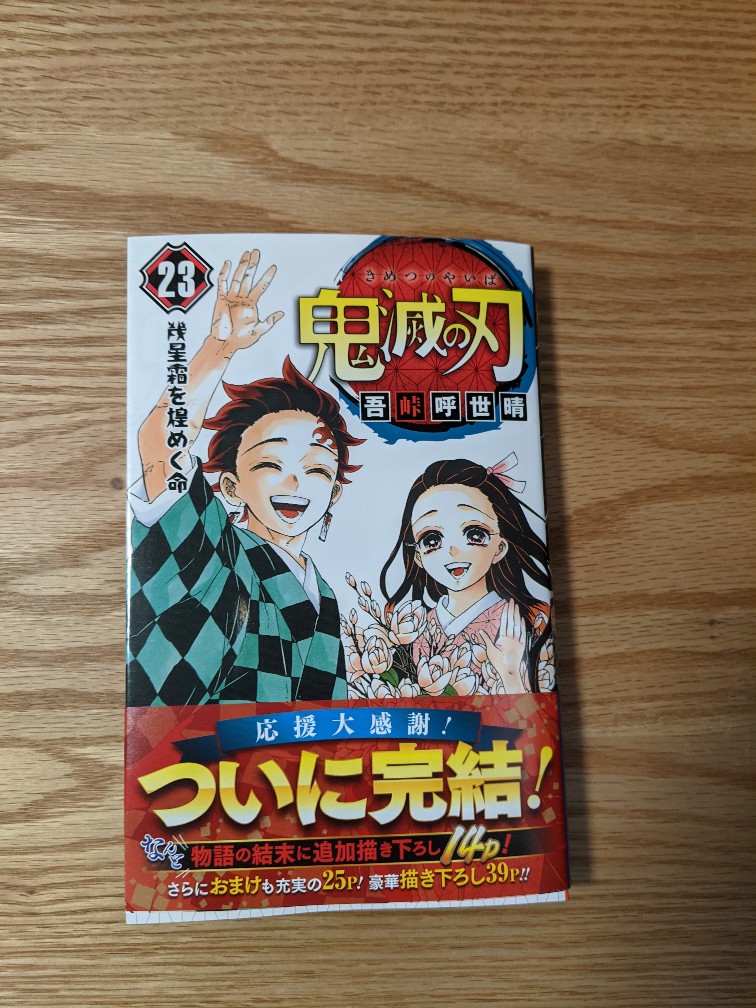

Japanese OL. (OL means “office lady”. Women who work in offices.)
I was born in a rural part of the Kanto area in the latter half of the 1980s. I live and work in Tokyo now. I live with my husband. I study English by writing this blog!

